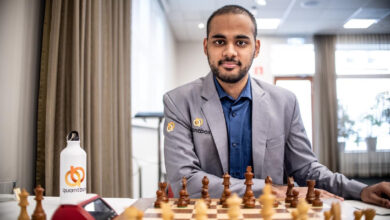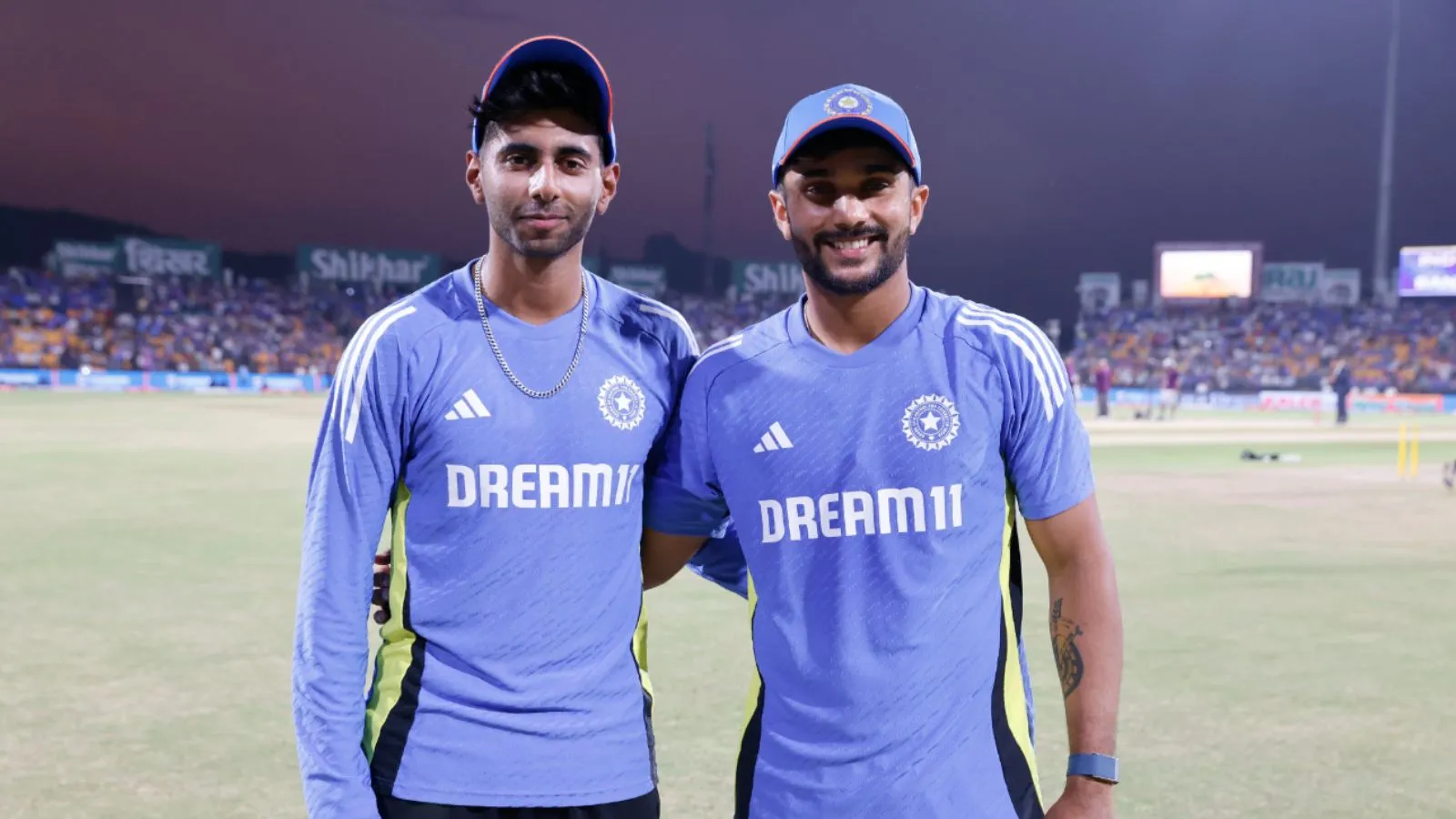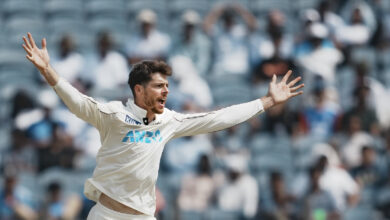Ravi Shastri and Virat Kohli’s similar personalities can help team to scale greater heights

“There were some critics who felt I should not have changed coaches so many times and should have stuck to one. I do not agree. There are no clear-cut rules that frame the success of a professional tennis player. What works for one may not suit another. While there are instances of players having done well by working with the same coach for years, there have also been several successful players who had different coaches at different times in their career. Roger Federer, for instance, has had stints with a few coaches including Tony Roche, Stefan Edberg and Ivan Ljubicic among others. All through his career, Rafael Nadal has worked with his uncle, Tony, who has not produced another player of his calibre, besides his phenomenal nephew. The Williams sisters preferred hitters to full-time coaches for a long while and former World No 1 Caroline Wozniacki used the services of her father, Piotr, who was a soccer player and had never played tennis in his life. Then, there’s Wimbledon champion Marion Bartoli, who was coached for a major part of her career in the most unorthodox manner by her father, Walter Bartoli, who happened to be a medical doctor.”
These are Sania Mirza’s words from her autobiography ‘Ace against Odds’. One of India’s premier tennis stars, spoke of how there is not a fixed template for a successful coach, and how every player may require a unique type to succeed.
Mirza’s judgment about coaches is not too off the mark. Every player and team reacts differently to a particular coach. Sourav Ganguly and John Wright lifted Indian cricket from the doldrums of the match-fixing scandal with aplomb. But Greg Chappell’s subsequent partnership with Ganguly can be used as an example of one of the worst coach-captain combinations in sports.
In another case, Louis van Gaal masterminded a third-place finish for the Dutch football side in the 2014 World Cup. But his two-year tenure at Manchester United, which started immediately after the showpiece event in Brazil, was laced with criticism before he was eventually shown the door.
Similarly, Anil Kumble, arguably, is the most successful bowler for India. He may have barely come across defeat in his one-year stint as India coach. But he failed to find the wavelength captain Virat Kohli operated on. From the outside, the relationship was spotless. But there was a storm brewing. Had the two not gone separate ways, the storm could have destroyed the consistent run the Indian team has embarked upon.
Kumble may end up as one of the most successful coaches, if he decides to take the plunge again, with another team or with another Indian captain. But he was not the coach meant for Kohli. Kohli’s facial expressions convey every emotion and thought that runs in his mind. Kumble prefers to reveal less as long as he can keep the raised eyebrows at bay.
But that is where Ravi Shastri differs from Kumble. The new head coach’s personality is closer to that of Kohli’s – the simmering display of emotions, the ruthless talks, the unabashed walks. Their reunion at the helm of affairs is a theatre of similarities.
Like Kohli, Shastri’s can be banked upon to make bold statements. The value of those statements is up for a debate but he does not hold back. At the start of his last stint with the national side as the team director, the former India all-rounder publicly spoke of his desire to bring Suresh Raina into India’s Test team. And, despite his mediocre previous returns, the left-handed batsman from Uttar Pradesh was on the flight to Australia for the 2014/15 Test tour.
On the same trip Down Under, after MS Dhoni’s shock retirement from Test cricket, there were murmurs of a rift between India’s outgoing and incoming captains. But with Shastri around, there was no scope for the murmurs to turn into bedlam. In an interview on the middle of the tour to ESPNcricinfo, the team director labeled it as ‘trash talk’ and doused the sparks.
On the contrary, there was silence from Kumble when the sparks between Kohli and himself threatened to blow into a calamitous fire. It was in fact the skipper, who like Shastri, brought temporary relief and turned the focus back on the Champions Trophy campaign last month by denying any trouble with the India legend.
There is intent in every move Kohli makes, on or off the field. There was intent in the first move Shastri made after he took up the team director’s post three years ago.
Duncan Fletcher was still the coach but Shastri had been called upon during the one-day leg of the England tour in 2014 after a disastrous outing in Tests. After clinching the ODI series, a relaxed team returned home.
But Shastri wanted better. The long tour of Australia, which would include a Test series, a tri-series and the World Cup, was up next. While he was not too concerned about the one-dayers, Shastri wanted India to do better in the whites Down Under than they had in England.
To ensure India are well-oiled ahead of the gruesome tour, Shastri called for a camp of the players likely to make the trip at the National Cricket Academy in Bangalore.
It was over a month before the team’s departure. It was held simultaneously with the Champions League T20. Critically, it was not one of those camps the BCCI had announced. It was Shastri’s prerogative. And, almost every player, including Kohli in the Indian team and on its fringes, who were not a part of the CLT20 action, surprised onlookers in Bangalore by toiling in the outdoor nets.
The preparatory camp had not been publicized, but India had begun its preparation for Australia silently. Amidst the scramble for action at the nets stood the tall and burly figure of Shastri, with his sunglasses on and hands folded. Here was the brain behind the week-long camp, which made constructive use of the lack of cricket between the two major tours. The Indian cricketers could have taken time out after England. But Shastri preferred to ready them for the next battle instead. The Indian team could not win the Test series, but they put on a sterner fight than they had in England. The team even went on to make the semifinals in the World Cup. They played better. Just as Shastri had wanted.
With the end of the World Cup, Fletcher’s tenure as the Indian coach ended too. And the Indian team was now officially Shastri’s team.
For a few years, India had lacked the killer instinct. But that has changed now. In Test cricket especially, Shastri combined with Kohli to develop a desire to win that was more attractive than the one to escape defeat.
India came from behind to stun Sri Lanka in their backyard. They followed it by humiliating the touring South Africans. In one-day cricket too, they made the World T20 semifinals – a second in world events with Shastri in the mix.
With Shastri back now, and with Kohli as captain of the one-day side too, there could be a revived ruthlessness in the shorter formats too – like there was in Test cricket when the duo last combined.
India may have been finalists in the Champions Trophy last month, but they will hope that the Kohli-Shastri affair helps them take that one remaining step too.
Ultimately, the chances of Kohli’s relationship with Shastri succeeding are brighter than his previous one with Kumble, which bore sumptuous fruits on the outside but had begun to crack from within, because Shastri’s stature isn’t as enamoring as Kumble’s.
It was Kumble’s ‘overbearing’ attitude that Kohli is known to have disliked. Also, because of the greatness Kumble has achieved as a player, he would have assumed it to be natural to be vocal with his team about how they could improve. Such opinions of his, especially after a game like the Champions Trophy final loss against Pakistan may not have gone down well with the players.
Kohli’s steely personality too may prefer a coach who can complement it rather than overshadow it. And, if that is what it takes for the team to reign supreme, there should be little reason to complain. At least, Shastri fits in that Kohli requirement like he was always meant to.
“It’s always the captain’s team and it is the leader who calls the shots. That’s how it has always worked. A coach’s role, effectively speaking, is to stay in the background and let the onus be on the players,” is what Shastri told the Times of India, echoing Kohli’s philosophy.
So the next time, Shastri stands still with his sunglasses on and hands folded in the middle of a chaotic net session, he would have set the base for a lot of the action around. The stage would then be set for Kohli to take over. Just the way he would like it. And, the plot could make for a mushy success story.







